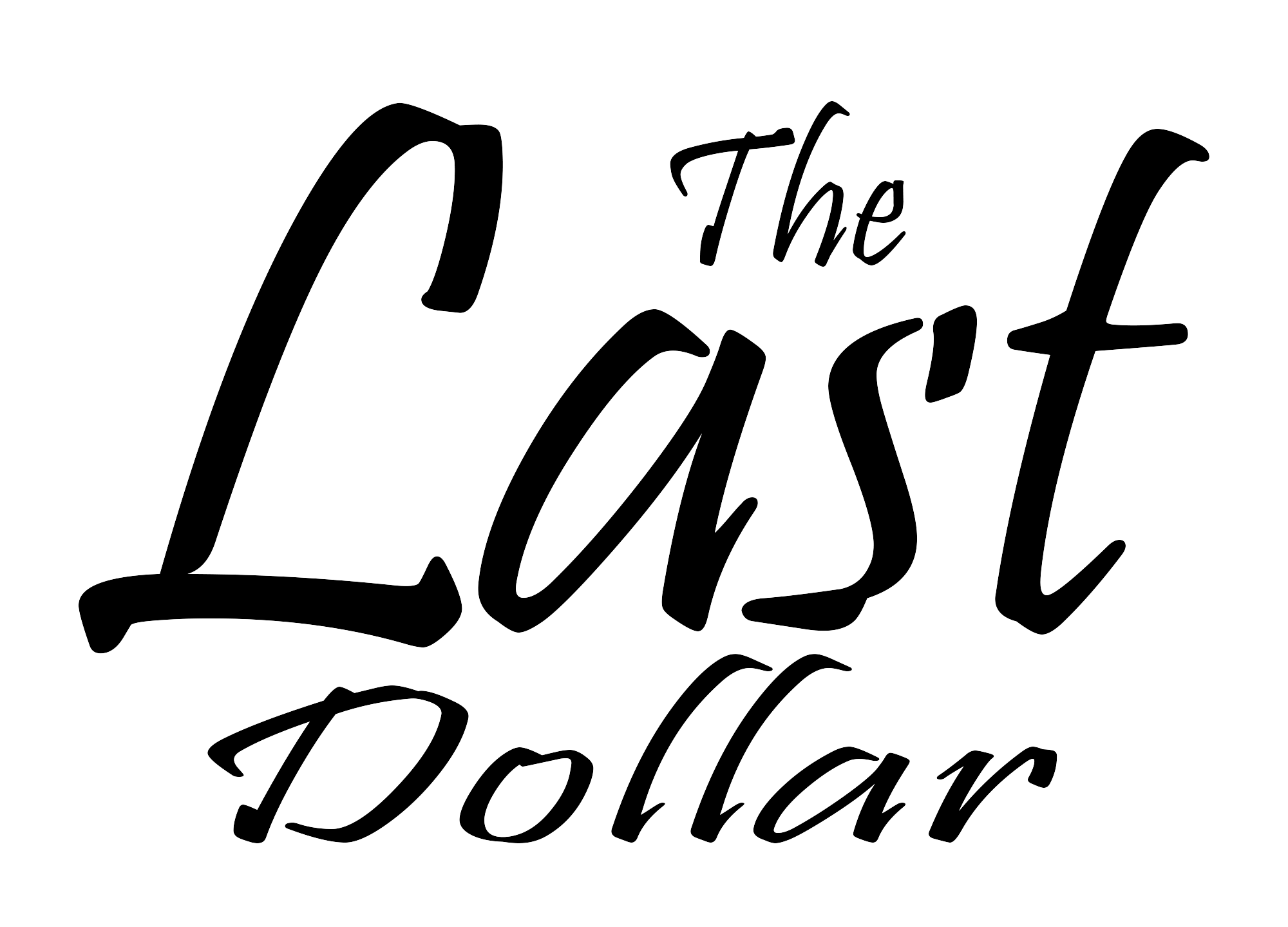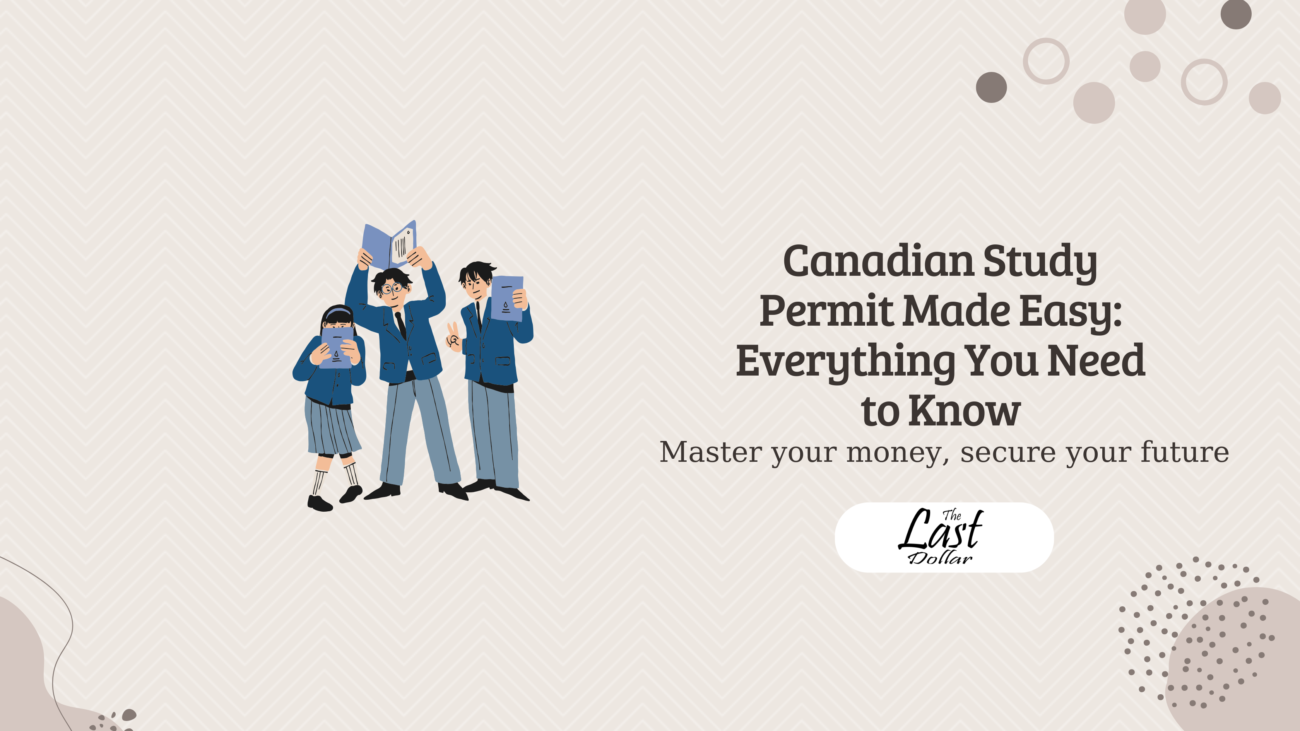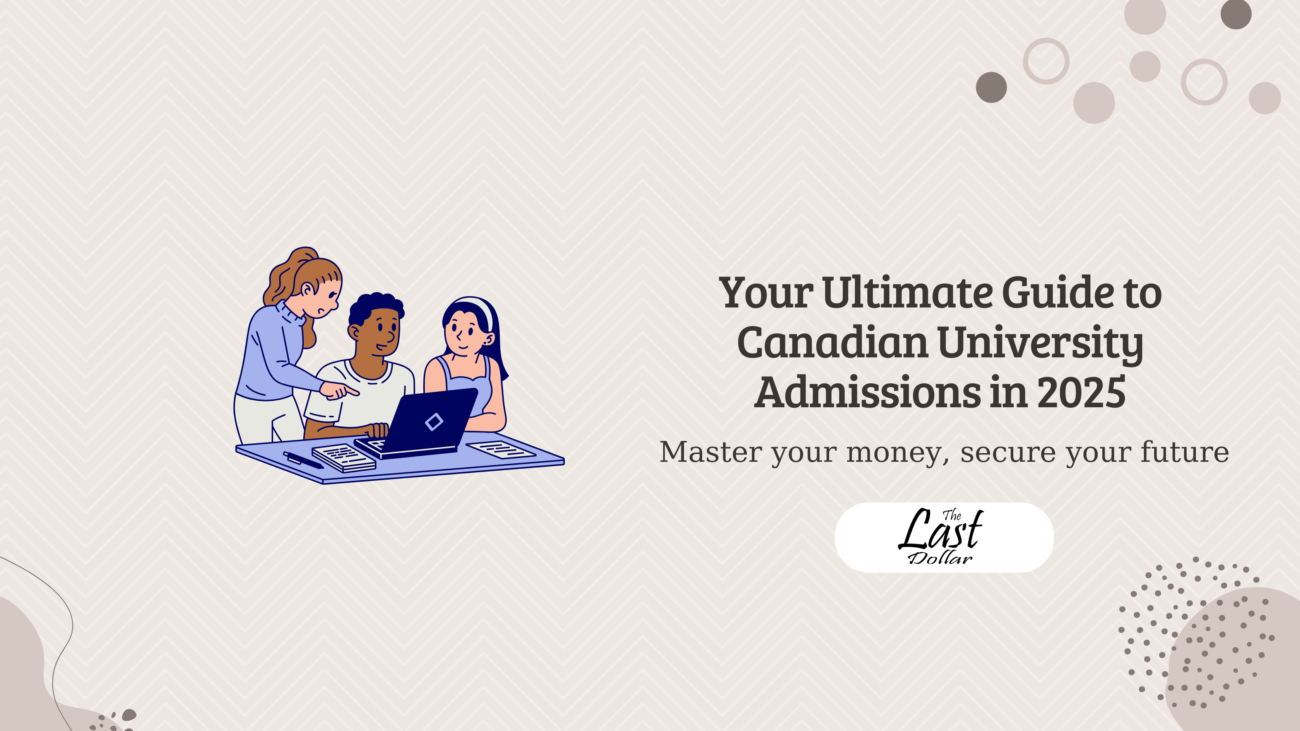For millions of Americans burdened by student debt, the concept of student loan forgiveness offers a ray of hope. But with changing policies, multiple programs, and eligibility requirements, understanding who qualifies—and how to actually apply—can be confusing. In this post, we’ll break it all down in simple terms: who qualifies for student loan forgiveness, the different types of forgiveness programs available, and a step-by-step guide on how to apply.
What Is Student Loan Forgiveness?
Student loan forgiveness refers to the cancellation of some or all of your student loan debt. This is typically offered by the federal government to borrowers who meet specific criteria, such as working in public service or teaching in high-need areas.
It’s important to note that forgiveness generally applies to federal student loans, not private loans. However, there are a few exceptions depending on your lender.
Who Qualifies for Student Loan Forgiveness?
Several programs offer student loan forgiveness, each with its own eligibility criteria. Let’s look at the major ones:
1. Public Service Loan Forgiveness (PSLF)
- Who qualifies: Government employees and nonprofit workers.
- Requirements:
- Work full-time for a qualifying employer.
- Make 120 qualifying monthly payments under an income-driven repayment (IDR) plan.
- Have Direct Loans (or consolidate other federal loans into a Direct Consolidation Loan).
2. Teacher Loan Forgiveness
- Who qualifies: Teachers working in low-income schools.
- Requirements:
- Teach full-time for 5 consecutive years.
- Must teach in a qualifying school or educational service agency.
- Up to $17,500 may be forgiven depending on the subject taught.
3. Income-Driven Repayment (IDR) Forgiveness
- Who qualifies: Borrowers on IDR plans (like PAYE, REPAYE, IBR, or ICR).
- Requirements:
- Make payments based on income for 20–25 years.
- After that time, any remaining balance is forgiven.
- This applies even if you don’t work in public service.
4. Borrower Defense to Repayment
- Who qualifies: Students misled by their school (e.g., false promises about job placement).
- Requirements:
- Must prove the school misled you or violated certain laws.
- Can result in full or partial forgiveness.
5. Total and Permanent Disability (TPD) Discharge
- Who qualifies: Borrowers who are totally and permanently disabled.
- Requirements:
- Provide documentation from the VA, SSA, or a physician.
- Forgiveness is tax-free under current federal law.
How to Apply for Student Loan Forgiveness
Identify Your Loan Type
- Visit Studentaid.gov and log in using your FSA ID.
- Under “My Aid,” check your loan types and servicer information.
Choose the Appropriate Forgiveness Program
- Determine which forgiveness option you’re eligible for.
- Review the specific requirements for that program.
Submit the Required Application
Here’s how to apply for the major programs:
- PSLF: Submit the PSLF Form annually and whenever you change employers.
- Teacher Forgiveness: Complete the Teacher Loan Forgiveness Application and submit it to your loan servicer after five years.
- IDR Forgiveness: Apply for an IDR plan via Studentaid.gov; forgiveness happens automatically after the repayment term.
- Borrower Defense: Use the online application at Studentaid.gov/borrower-defense.
- TPD Discharge: Apply through DisabilityDischarge.com.
Step 4: Stay in Good Standing
- Make your required monthly payments while your application is under review.
- Keep all documentation and communication from your loan servicer.
Pro Tips to Boost Your Chances
- Document everything: Keep records of payments, employment certifications, and application confirmations.
- Recertify annually: For IDR plans, update your income and family size every year.
- Check for updates: Forgiveness rules may change with new legislation. Bookmark Studentaid.gov for updates.
- Avoid scams: You never have to pay a third party to apply for forgiveness—use official federal resources.
Conclusion: Student Loan Forgiveness
Student loan forgiveness can be a game-changer—but navigating the system requires patience and the right information. Whether you’re a teacher, public servant, or someone struggling with long-term debt, there may be a path toward forgiveness.
Make sure you understand the requirements, stay on top of your payments, and don’t hesitate to contact your loan servicer if you need guidance.
Discover our expert blogs for insightful tips on managing your finances effectively! Also, don’t forget to follow us on X.












